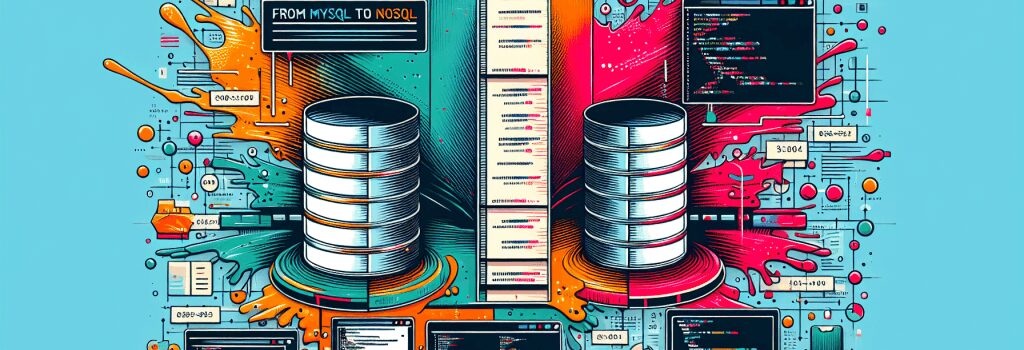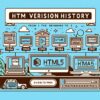From MySQL to NoSQL: Diversifying Web Development Skills

Understanding Web Development Databases: From MySQL to NoSQL
As a web developer, mastering the art of database management is crucial for building dynamic and interactive websites. Traditionally, MySQL has dominated the web development landscape, serving as the cornerstone for back-end development projects. However, the digital era is evolving, and the diversification of database technologies, especially the shift towards NoSQL databases, is reshaping the skills required for modern web developers. In this article, we’ll explore the transition from MySQL to NoSQL databases and how it impacts web development skills.
MySQL: The Traditional Choice for Web Development
MySQL, an open-source relational database management system, has been the backbone of web development for years. It uses structured query language (SQL) to manage and manipulate data, making it an ideal choice for applications requiring complex transactions and relationships among data entities.
Key Features of MySQL:
– Relational Data Management: Facilitates the organization of data into tables that can relate to each other, making it perfect for applications where data integrity and relationships are paramount.
– ACID Compliance: Ensures reliability through Atomicity, Consistency, Isolation, and Durability, crucial for financial transactions or any application requiring high data integrity.
– Scalability and Security: Offers robust security features and scalability options, making it suitable for both small and large-scale applications.
The Rise of NoSQL Databases
NoSQL databases have emerged as a powerful alternative to traditional SQL databases like MySQL, catering to the needs of modern web applications. Unlike MySQL, NoSQL databases are not built around fixed tables, and they do not require a schema. This flexibility allows for the storage and management of unstructured data, making them ideal for applications dealing with large volumes of diverse data types such as social media platforms, content management systems, and big data analytics.
Types of NoSQL Databases:
– Document-oriented Databases: Store data in document format. MongoDB is a popular choice in this category.
– Key-Value Stores: Simple, yet powerful, suitable for applications requiring speedy retrieval of data based on a key. Redis and DynamoDB are notable examples.
– Wide-Column Stores: Optimal for analyzing large datasets. Cassandra is a famous wide-column store.
– Graph Databases: Useful for applications requiring the management of complex relationships between data points, like social networks. Neo4j is a leading graph database.
Benefits of NoSQL Databases:
– Scalability: Designed to scale out using distributed architecture, ideal for cloud computing and big data applications.
– Flexibility: Schema-less design makes it easy to manage and evolve the data model of an application.
– Performance: Offers faster data operations due to its simplified model and ability to scale horizontally.
Balancing MySQL and NoSQL: A Comprehensive Skill Set
For aspiring web developers, understanding when to use MySQL or a NoSQL database is crucial. Each has its strengths, and the choice largely depends on the application’s specific requirements. Learning both MySQL and NoSQL technologies provides a strong foundation in database management, making you a versatile and highly sought-after professional in the web development field.
Developing Skills in Both Worlds:
– Understand Data Modeling: Learning the principles of both relational and non-relational data modeling will allow you to choose the best data management strategy for your application.
– Master Query Languages: SQL for MySQL and respective query languages for NoSQL databases like MongoDB’s query language.
– Familiarize with Database Administration: Gain skills in database setup, monitoring, and optimization for both types of databases.


